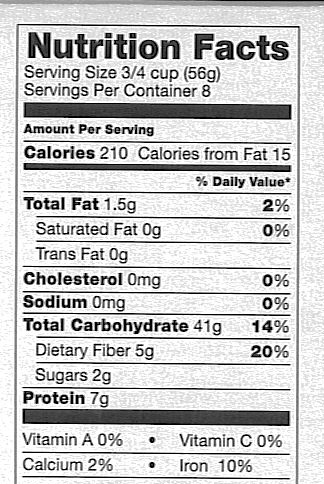More Basic Nutrition – Fats & Proteins
Last time I wrote about Carbohydrates. Today, I want to share some basic nutritional information about Fats & Proteins.
Fats are made up of glycerol and fatty acids and due to this complexity, take the longest time to release their energy. Since they hold the most energy per gram of any other macronutrient, the body stores most of its excess energy as fat. In addition, fats are important components of the walls of cells and other structures of the body.
Fats are classified by the degree of “saturation” of their chemical bonds. Those likely to raise levels of the bad cholesterol, LDL, are the saturated and trans fats. Therefore, you should try to eat more monounsaturated and polyunsaturated fats and avoid trans-fats and saturated fats.
Proteins are made up of chains of amino acids and are literally the building blocks of the body and form the enzymes & hormones that control its chemical reactions. Proteins are found in meat, poultry, fish, meat substitutes, cheese, milk, legumes, nuts and in smaller quantities in starchy foods and vegetables. The body breaks proteins down into their amino acids to reuse them. The body can make most of the amino acids it needs from other substances, but there are some, the essential amino acids, that it must get from food. All the necessary essential amino acids can be obtained from meat protein. However, not all the essential amino acids can be found in plant protein. When a person increases their amount of exercise it is important that they have enough protein to build muscle and prevent its breakdown. Many people ordinarily eat inadequate amounts of protein, so they either need to eat more protein-rich foods or take protein supplements.
In the next post I’ll talk about portion size. By the way, this information and more can be found at the Learning Center on www.InsightsForHealth.com. Check it out sometime. Meanwhile, please leave your comments.
For Your Health – Dr. Bob
